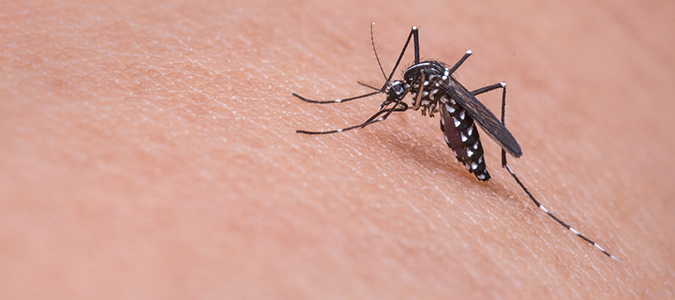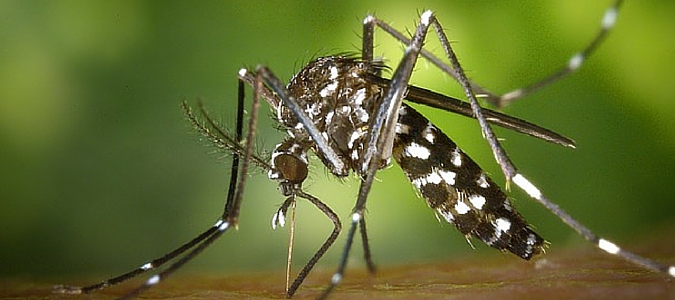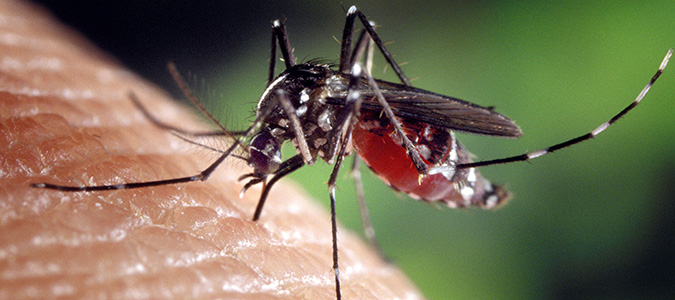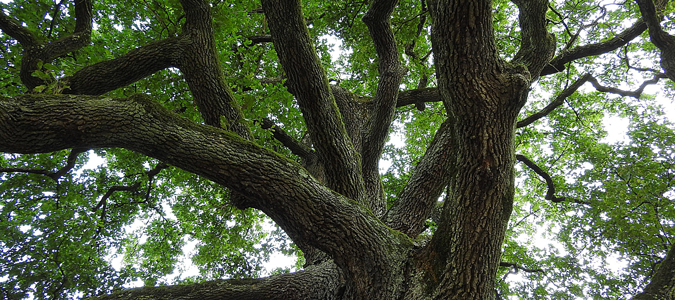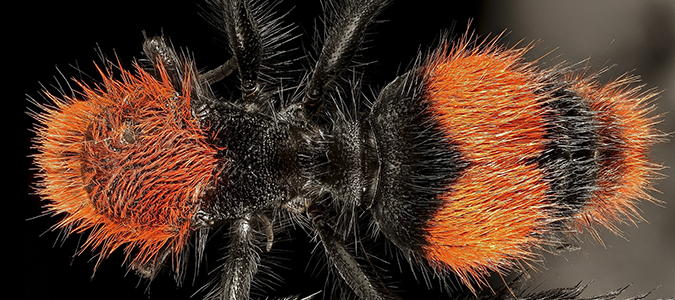Mosquitoes: Facts vs. Fiction [INFOGRAPHIC]
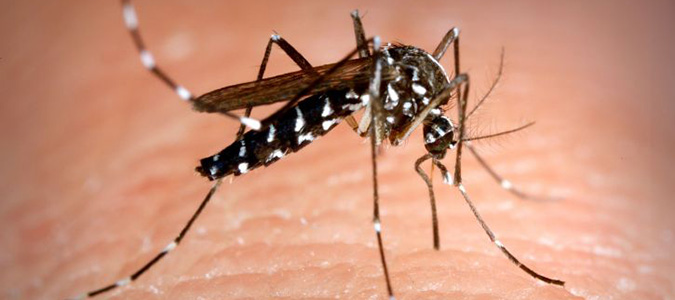
5 Facts and Myths About Mosquitoes
Did you know that only the female mosquito bites and sucks human blood? The male mosquito feeds off of nectar, while the female is the culprit of many an itchy summer evening in hot San Antonio. She feeds off your blood to nourish her maturing eggs prior to laying them.
There are a lot of myths about mosquitoes. Some myths are harmless, while other misconceptions are truly unhelpful and sometimes counterproductive. The biggest myths are those revolving around whether or not diseases are spread by mosquitoes in the US. A hint: wear repellent. One fact we know for sure is that prevention with professional mosquito abatement is the best protection against these pesky summertime pests.
How well do you know mosquitoes?
Test your mosquito wisdom against these 5 common facts and myths.
Embed This Infographic On Your Site
Copy and paste the code below.
<p style=”text-align:center;”><a href=”https://blog.abchomeandcommercial.com/mosquitoes-facts-vs-fiction-infographic/”><img src=”https://blog.abchomeandcommercial.com/wp-content/uploads/2016/07/ABCSanAntonio_MosquitoFacts_Infographic.png” alt=”mosquito diseases ABC … Read Full Post »
